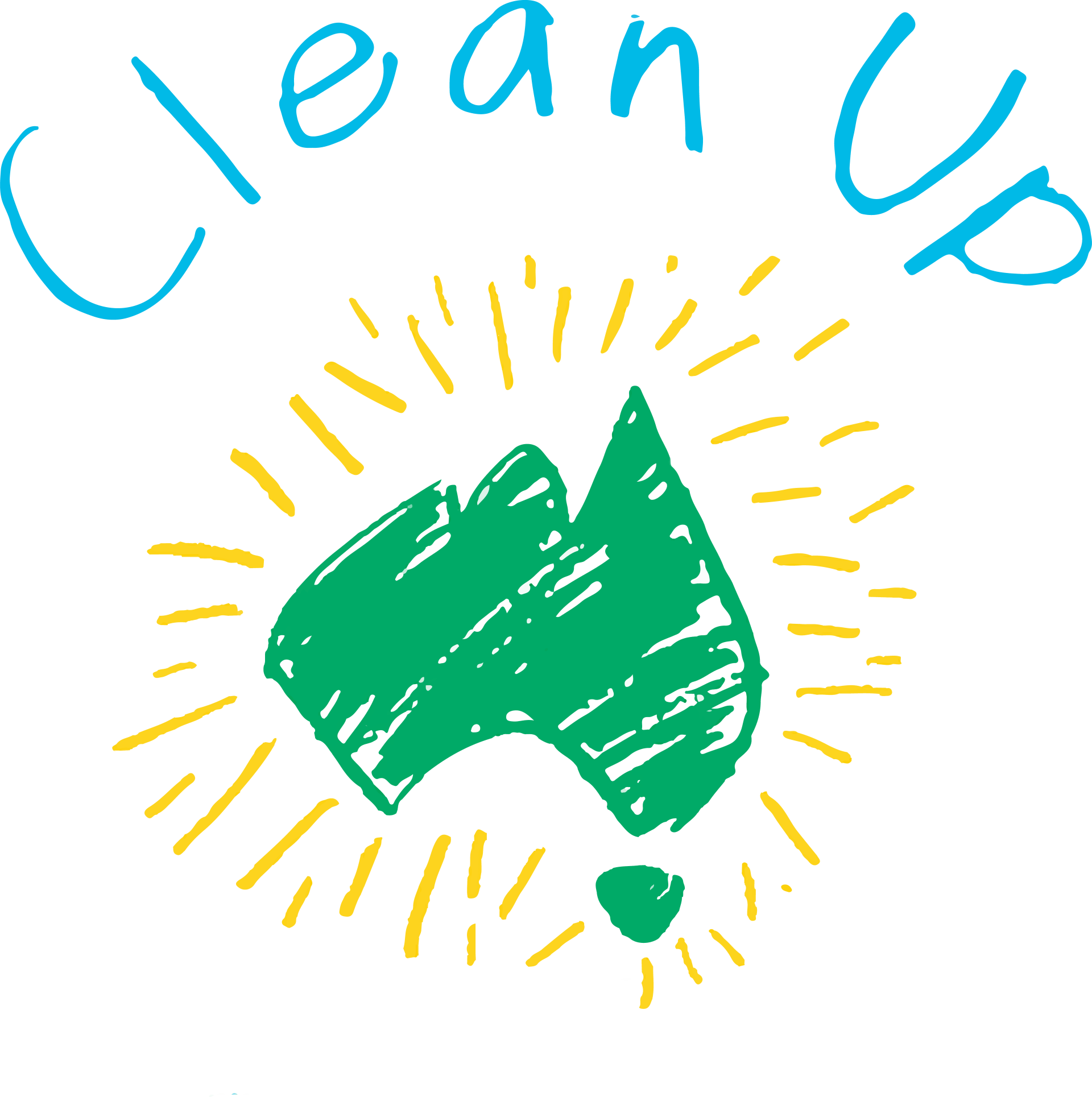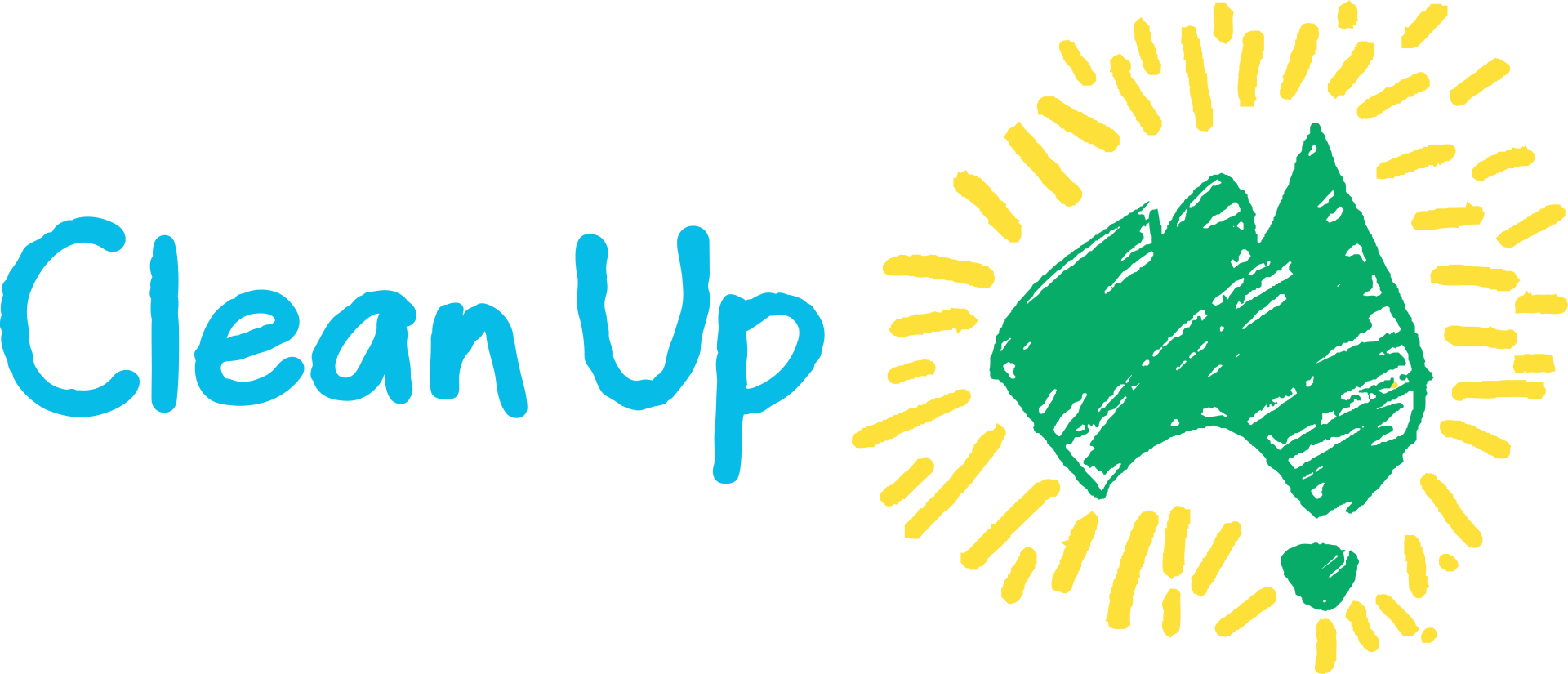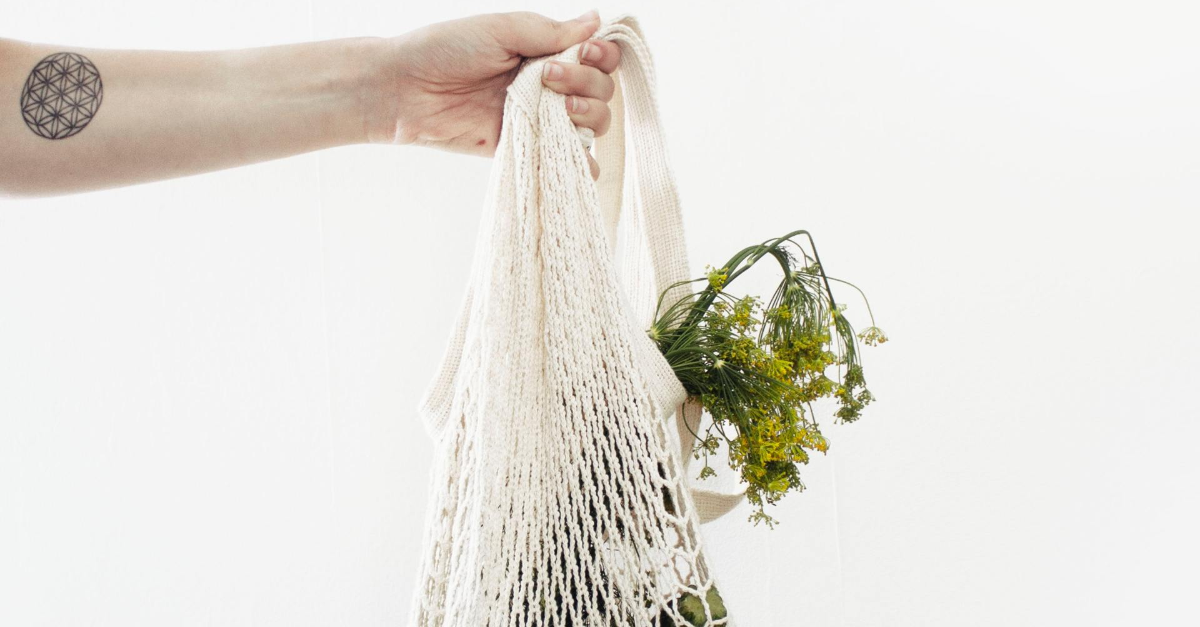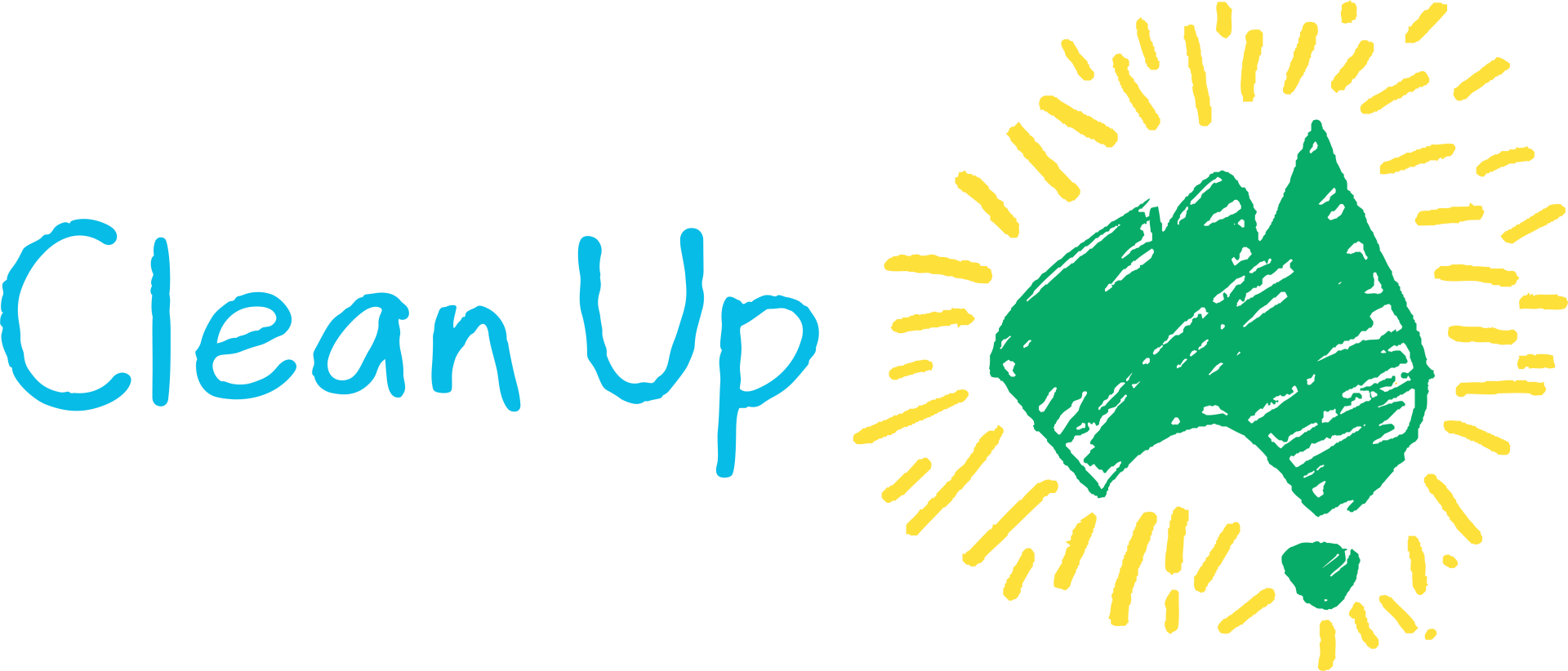What is single-use plastic and how to avoid it?
Your guide to avoiding single-use plastic!
We see the term ‘single-use’ plastic plastered all over our social media feeds and across newspapers and the television. It is becoming such a common theme in many countries around the world to experience some sort of news about single-use plastic each week.
But do we actually know what single-use plastic is?
Single-use plastic are items which are used once, then thrown away.
So, there we have it. Plastic which can only be used once.
Now we know what a single-use plastic is, a few more questions need to be answered.
- What is the effect on the environment?
- What items are traditionally single-use?
- Why are only some items recyclable?
- What is wish-cycling?
- How can you avoid single-use plastic?
What is the effect on the environment?
Plastic is literally
every where
we go. In our parks, in our waterways, on the beach, in the ocean. We cannot escape the clutches of a material which is used for the majority of things WE use in life.
It was in the 1940s
when plastic really started to become popular, and its over-use as a single use item from that period to the current day is the main reason the environment is becoming a loser.
Apart from making your local park or green space look like a landfill site, plastic pollution contributes to many other disastrous effects. Some of the most obvious ones include; animals getting their heads stuck in or ingesting plastic bags, damage done by dome lids, rings that disable, resulting in suffocation or being unable to eat; animals eating plastic pieces, no matter how big or small, contributing to starvation, choking or illness; and also plastic leaching into the soil , affecting the way plants grow. Just a quick reminder here that without plants, both animals and humans would not be able to survive, so a fairly important point if you ask me.
Let’s not forget our rivers, canals, lakes or oceans too. It’s commonly known that micro-plastics (these tiny particles of plastic which have been broken up), are ever-present in fish all over the world. Guess what? We eat fish, so plastic is in us as well. And just like land based animals, our water-based friends are being trapped in plastic bags or eating pieces of plastic which look like food. Famous pictures exist of turtles eating plastic bags as they think they’re jellyfish, whilst hermit crabs on the beach are finding homes in bottle lids instead of shells. And as recently as last month a whale in the Philippines yielded 40kg of plastic.
What items are traditionally single-use?
- Plastic water bottles – the most notorious harmful plastic product. Why is it harmful? Well it takes a huge amount of energy to make all the plastic bottles, so there is obviously a detrimental effect on the climate, but also the bottles which physically end up in our waterways and parklands. Now you may think that if you reuse this plastic water bottle you are doing the world a favour, which to be honest I suppose you are. However, due to the construction of the bottle, chemicals will continue to seep into the refilled water, especially when they are slightly warm. This means your health may be affected, and you shouldn’t have to compromise your health for anything! Oil is also a large component of plastic, and we essentially use a finite resource which cannot be recovered.
- Take away coffee Cups – coffee cups appear to be made out of cardboard, so anyone would assume that you can chuck it in the recycling bin. Well let me ask you this: how come its waterproof? They’re usually lined with waterproof plastic which is a big no-no for the environment.
- Plastic utensils – When was the last time you ordered takeaway? Chances are that when you did, you were offered a plastic knife and fork. These are the exact type of utensils which are single-use. I don’t think any one has thought to themselves “would look great around the table for Christmas dinner this year so I’ll take them home and wash them”.
- Plastic Straws - The plastic straw you use once and for a max of 15 mins DOES NOT make good accessories for marine turtles…
- Plastic bags – Another hugely damaging item which is definitely up there in current affairs. Plastic bags don’t decompose. They take ages to degrade at all – generally just breaking up into smaller fragments of plastic. The result is years and years and years [probably more than your lifetime] of animals getting caught up in the plastic, eating the plastic, and toxins from the plastic spreading throughout the environment. And before you tackle me on the idea that plastic bags photodegrade [which sounds good], what this means is they just break down into smaller and smaller bits, entering the food-chain earlier.
- Plastic Wrap – So each night you prepare your sandwiches for work the next day and wrap them up in the plastic wrap, a roll of which is tucked into your kitchen drawer. You know you’re never going to use this piece of plastic again, and that you’re not likely to even try to recycle it, so where does it go? Similarly, the wrap you use it to cover your leftovers at home gets torn as you take it off, and it goes in the bin. I don’t think I need to explain any more here…
- Food trays – convenience meals, meat, displayed seafoods – often come on a plasticised single use tray. Very few people have come up ways to reuse these trays, with most being chucked into your co-mingled bin at home. But is this OK?
Why are only some items that look recyclable, non-recyclable?
There may be a few reasons why some of your single-use plastic items cannot be recycled. Much like take away coffee cups, there are some items which are created from several materials. These could include a mixture of recyclables and non-recyclables. Unless you, or the person who throws that rubbish away is willing to separate the materials, chucking it all in the recycling bin will just hamper the process, so into general waste it goes.
Again, some plastic is just genuinely not able to be recycled. Black food trays are a good example for a couple of reasons: the colour of the plastic makes it hard for mechanical separators at the waste sorting facility to ‘see’ it and embedded blood pads contaminate the process. So, they represent a dual problem.
The next issue frustrates me greatly – MAKE SURE THERE IS NO LIQUID LEFT IN THE BOTTLE YOU ARE RECYCLING. Simply because it will not be accepted. Any bottles or food packaging which still has something in it is essentially contaminated. There is no process of cleaning all plastic of its contents, which is why it is so important that you do that before you recycle. Although you mean well, you’re actually hindering the recycling process.
Wish-cycling – What is it?
Quite simply, wish-cycling is all the items you put in your recycle bin which you WISH could be recycled – even if you have no idea if they can or not. You may be thinking that you’re really helping the environment out but unfortunately, you’re contributing to more waste. It’s the harsh reality of a confusing recycling world.
Wish-cycling wastes time and costs money on two fronts: The manual time spent sorting the recycled items, plus time taken to halt and/or repair technology which is interrupted or even damaged due to an object which shouldn’t have been there in the first place. We all know that ‘time is money’, so this obviously contributes to higher costs when running a recycling service.
Several statements float around about recycling. One being that if just 10% of your recycle bin is full of items which shouldn’t be in there, then the whole bin is sent to landfill, even though 90% may legitimately be recyclable. You might think this is a bit extreme – but think about it. A load is not just your bin – it’s yours plus all of your neighbours. If every bin has 10% contamination the cumulative effect is higher in the load. And once load contamination is over 10% the costs of sorting and cleaning the rubbish outweigh the financial returns of the recyclate. So it gets dumped in the ‘too hard’ section and it is likely to end up in landfill.
We’ve all been guilty of binning a contaminated item somewhere down the line. So let the change start with you today by giving this little article a read to help identify the dos and don’ts of recycling. Another good source of tips is your local councils guide to recycling. Unfortunately, the process does vary from council to council, so honing up on what’s accepted locally will help you avoid a whole lot of confusion.
How can you avoid single-use plastic?
There are some incredibly easy things you can do to reduce the amount of single-use plastic you are taking. Here is a list of EASY approaches to life which will make you much more eco-friendly.
- Use your own shopping bag – there are many different options for bags. Try to avoid heavier duty plastic options if you can – going for fabrics such as cotton, canvas, silk, bamboo or jute bags. Jute bags is the best alternative because its manufacture is less environmentally intense – but it is bulky. You can also get fabric shopping bags which can be folded up into tiny pouches, which fit easily in your handbag, rucksack, and occasionally your pocket!
- Plastic food wrap – Something which is commonly used, but many people aren’t aware of the options you have. Reusable beeswax cloth is a fantastic and colourful substitute. Another great option is a stackable reusable lidded container – glass, metal or even sturdy plastic is OK here.
- A refillable water bottle – stylish, simple and effective. You don’t need to buy a plastic water bottle each time when you can have a stylish refillable bottle and save money at the same time.
- Reusable coffee cups – perfect to grab your favourite hot bevvy on the run. You may even get a discount for bringing your own cup!
- Wooden/metal straws and utensils – there are now many alternatives to your plastic straws, knife and fork, or party plates and cups. Again, these items will fit in your bag and just need a quick wash after each use.
And what about the single-use plastics you haven’t been able to avoid?
We appreciate there is lots of single-use plastic packaging that’s very hard to avoid.
And lots of it is what is known as ‘soft plastic’.
So, how can you make a difference?
Step 1 is to separate your hard and soft plastics when it comes to binning them.
Soft plastics are items that crush really easily. Classic examples are cling wrap, bread bags, biscuit packs and the trays inside the pack, plastic pouches, any and all plastic bags, celophane style wrap and straws.
Examples of hard plastics are bottles [which you can redeem for 10c everywhere except VIC – so cash-them-in!], takeaway containers, lots of utensils, fruit and vege bulk item boxes [e.g. mixed grapes].
Step 2 is to make sure you dispose of your plastics properly
Hard plastics go into your yellow bin.
Soft plastics now have a new home – it’s a ‘redcycle’ bin which can be found at major supermarkets nationally. So, bag up your clean soft plastics and take them with you next time you do a food shop. And a hot tip for those of you who use supermarket home delivery – the delivery person will take you bagged, clean soft plastics for you!
Essentially, this had been a quick guide to single-use plastics and how you can make a positive step to being more environmentally friendly. Hopefully some of the confusion around single-use plastics has been addressed. Remember to let your friends and family know as well, so that we can all reduce our impact on the earth and live a healthier life!
Search for other blog topics:



